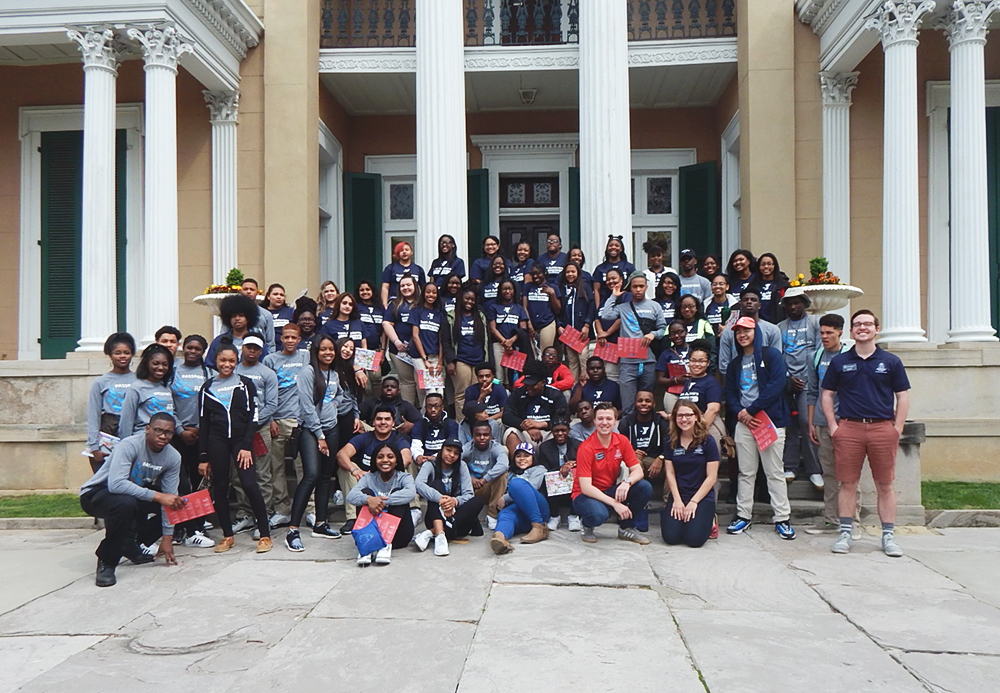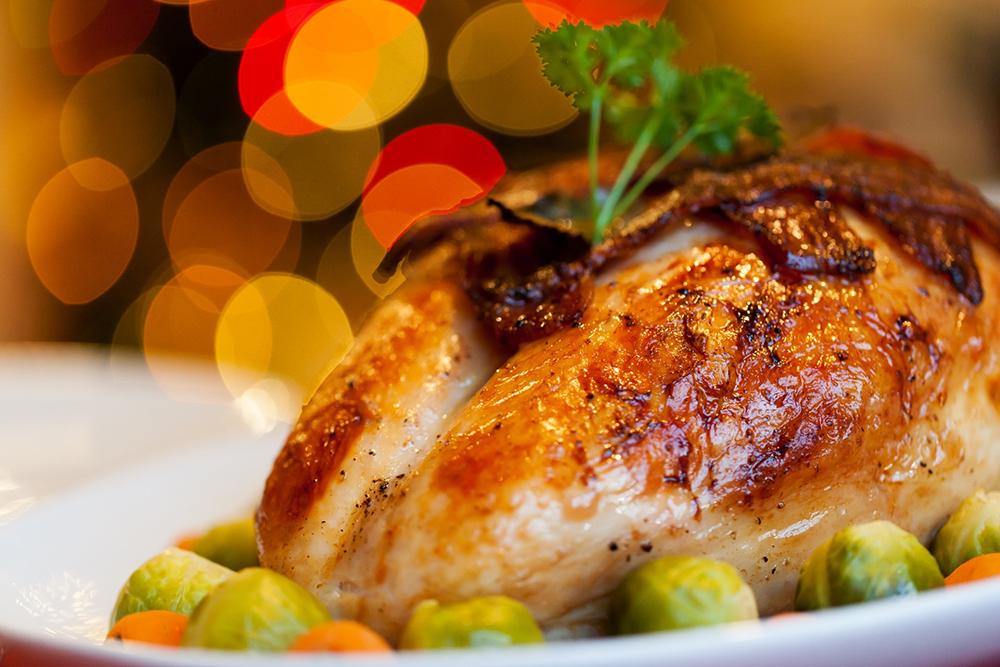 Drowning is the second leading cause of death for children ages five to 14, with children from communities of color at greatest risk. With National Water Safety Month in May and summer around the corner, it’s a great time for parents to remember the importance of ensuring their children are equipped with essential water safety skills. YMCA swimming lessons help reduce the risk of childhood drowning, develop a lifelong love for swimming and provide children from underserved areas greater access to water safety programs.
Drowning is the second leading cause of death for children ages five to 14, with children from communities of color at greatest risk. With National Water Safety Month in May and summer around the corner, it’s a great time for parents to remember the importance of ensuring their children are equipped with essential water safety skills. YMCA swimming lessons help reduce the risk of childhood drowning, develop a lifelong love for swimming and provide children from underserved areas greater access to water safety programs.
Before letting your children hit the water this summer, remember these few tips to ensure it’s an enjoyable and safe experience.
- Never swim alone. Teach your children that they should only swim in locations where a lifeguard is on duty.
- Supervise your children whenever they’re in water. Whether it’s bath time or taking a dip in a pool or lake, make sure your children are within arm’s reach of you at all time.
- Don’t engage in breath holding activities. Children shouldn’t hold their breath for a prolonged amount of time while swimming, as this can cause drowning and has several other severe physical side effects.
- Wear a life jacket. Inexperienced or non-swimmers should wear a Coast Guard-approved life jacket.
- Don’t jump in the water to save a friend who is struggling in deep water. If a child finds their friend in deep water unexpectedly, their natural reaction may be to jump in the water to try to save them. Even if a child is a great swimmer, a panicked person will overpower them, pulling them underwater with them. The Y teaches the “reach, throw, don’t go” concept of using a long object to reach for them and pull them to safety. By using this technique, children can help their friend without compromising their own safety.
- Enroll your children in water safety or swim lessons. Just like teaching your children to look both ways before they cross the street, having them participate in formal water safety lessons teaches them an important life skill. The Y’ swimming lesson program teaches children fundamental water safety skills and what to do if they find themselves in water unexpectedly.
Learning how to swim also has multiple benefits beyond the ability to enjoy water safely. It helps children strive for physical achievement, promotes healthy living and builds their confidence. Enroll in Y swimming lessons today!
Summer Day Camp Swimming Lessons
- Available weekly throughout Summer Day Camp, exclusively for Y campers.
- To ensure campers don’t miss any field trips, classes meet on Monday, Tuesday, Thursday and Friday.
- REGISTER>>
Standard Swimming Lessons
- Includes weekly swim instruction on the day of your choice.
- Morning and evening classes are available.
- Registration opens Saturday, May 6 for Facility Members.
One-Week Swimming Lessons
- Available during summer sessions only.
- Includes daily swim instruction during the week(s) of your choice.
- Registration opens Saturday, May 6 for Facility Members.
 For the first time, the McGaw YMCA and the Greater Joliet Area YMCA joined forces to send more than 70 Y Achievers high school students on a three-day Spring Break College Tour to seven schools in Tennessee.
For the first time, the McGaw YMCA and the Greater Joliet Area YMCA joined forces to send more than 70 Y Achievers high school students on a three-day Spring Break College Tour to seven schools in Tennessee. The Greater Joliet Area YMCA’s strong financial health and commitment to accountability and transparency have earned it a 4-star rating from
The Greater Joliet Area YMCA’s strong financial health and commitment to accountability and transparency have earned it a 4-star rating from 
 On a milestone night that celebrated its tenth anniversary, the Greater Joliet Area YMCA Giving Gala raised more than $140,000 in support of the Y’s scholarship fund—the most in event history. Held Feb. 25 at the elegant Bolingbrook Golf Club, the annual fundraising event featured dinner, live entertainment and opportunities to bid on an assortment of silent and live auction items.
On a milestone night that celebrated its tenth anniversary, the Greater Joliet Area YMCA Giving Gala raised more than $140,000 in support of the Y’s scholarship fund—the most in event history. Held Feb. 25 at the elegant Bolingbrook Golf Club, the annual fundraising event featured dinner, live entertainment and opportunities to bid on an assortment of silent and live auction items.
